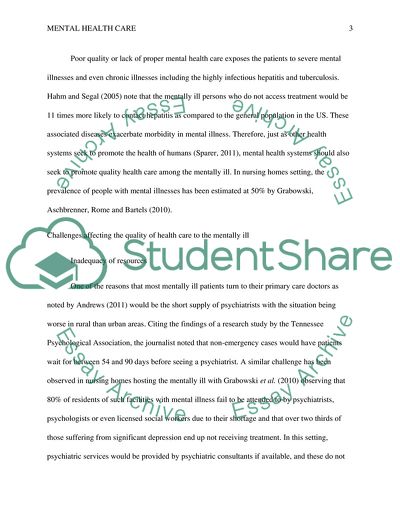Cite this document
(Quality of Health Care for the Mentally Ill Essay - 1, n.d.)
Quality of Health Care for the Mentally Ill Essay - 1. https://studentshare.org/health-sciences-medicine/1792008-quality-of-health-care-for-the-mentally-ill
Quality of Health Care for the Mentally Ill Essay - 1. https://studentshare.org/health-sciences-medicine/1792008-quality-of-health-care-for-the-mentally-ill
(Quality of Health Care for the Mentally Ill Essay - 1)
Quality of Health Care for the Mentally Ill Essay - 1. https://studentshare.org/health-sciences-medicine/1792008-quality-of-health-care-for-the-mentally-ill.
Quality of Health Care for the Mentally Ill Essay - 1. https://studentshare.org/health-sciences-medicine/1792008-quality-of-health-care-for-the-mentally-ill.
“Quality of Health Care for the Mentally Ill Essay - 1”. https://studentshare.org/health-sciences-medicine/1792008-quality-of-health-care-for-the-mentally-ill.


